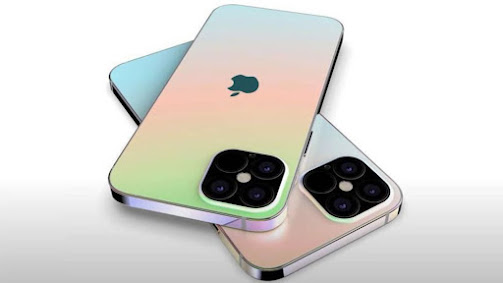iPhone 13 Review: Better Than You Think!
- Get link
- X
- Other Apps
iPhone 13 Review: Better Than You Think!
So, this helps it respond to exactly what's happening on the display. So, if you're watching a 24fps movie, the display only needs to refresh 24 times per second, but if you're scrolling through a website or social media, it'll be nice and smooth. Maybe for gaming, it's pinned at 120 Hertz, but if you're just sitting on a home screen or reading some text, like an email, nothing's happening on the screen, it can go all the way down to 10 Hertz, which can save battery. So, this tech has been around for years in other phones, and it's great. So, the interesting part is different phones ramp up at different times, and for different reasons, and different amounts.
So, an example is like, no matter how high a refresh rate of an Android phone I have, it's always 60 Hertz for Google Maps.
Anytime I open Google Maps, the whole rest of the phone: notification panel, using the app, it's all 60 Hertz. Probably to save battery 'cause it's a GPS-heavy app, but that's one thing it always does. So, it turns out there have been a lot of places where people have noticed the iPhone doesn't ramp all the way up to 120 Hertz.
In fact, a lot of places in third-party apps where it still stays at 60. Now, I've noticed, just from using a whole ton of different apps, I was actually pretty impressed by how many are already using 120 Hertz animations. And all of these apps, inside and out, felt smoother and more responsive. Also, all of iOS is smoother and more responsive. But for those that don't, Apple has put out detailed instructions on how to make it easy for developers to update their apps to fully support ProMotion, exactly the way they want to.
So, when your favorite apps get updated, hopefully, the developers include them. But all that being said, will regular people who get this phone even notice ProMotion? And this is something I've thought a lot about, especially since the announcement. Of course, lots of other phones have gotten high refresh rates in the past, but because it's an iPhone, this is for millions of people
who have only ever seen a 60 Hertz phone their entire lives, this will be the first time they ever see a high refresh rate screen on a phone. And so, this is the thing I've been talking about for so long. So, when I actually first got this phone, I've started handing it to people, discretely, of course, but handing it to them like, "Hey, do you notice anything different about this phone? Like, swipe around, maybe hold it next to your current phone. Do you feel like it feels any different?" And I'll be the first to admit, not as many people immediately noticed it as I was hoping.
- Get link
- X
- Other Apps

Comments
Post a Comment